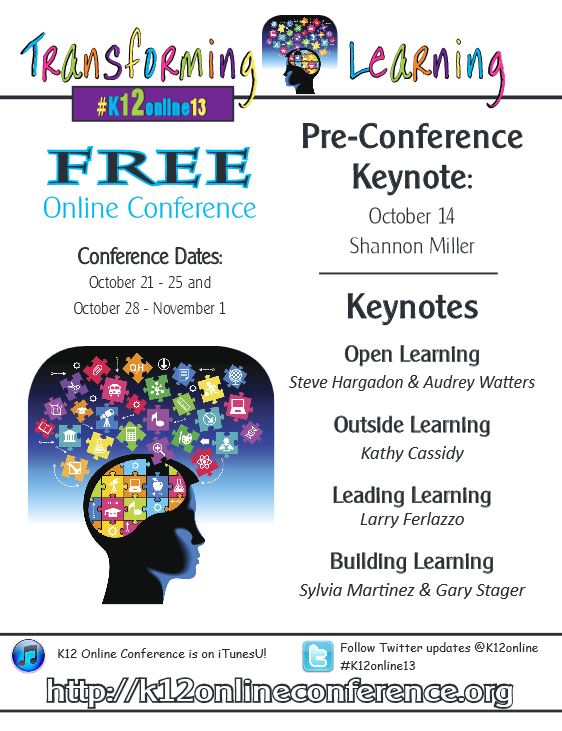In doing some thinking about planning and setting up connectivist MOOCs, the first question that often comes up is “What platform should we use?”
To answer that question, like many other design questions, one should first think about the goals of the task at hand, in this case, the goals of your MOOC.
For #clmooc and other connectivist MOOCs, our goals were centered around connected learning and creating a learner-centered, participatory environment. We also had a stated goal of being open in the broadest sense possible. Clearly articulating those values was critical to choosing a platform.
For #clmooc, we chose to go with multiple platforms. Our main two platforms were WordPress and G+. We also used and supported Twitter and a blog hub. Finally, we built in flexibility to use different platforms as we went and to let the community determine which platforms would be primary.
Overwhelmingly, our participants selected G+ as their platform of choice for this MOOC.
Here is a short summary of how we used each platform and the pros and cons of each .
| Platform |
Use in #clmooc |
Pros |
Cons |
| WordPress |
- Central participant registration
- Site for facilitator blog posts and announcements
- Site for about page, FAQs, help guides, calendar, links to other platforms
- Way we sent email newsletters (Wysija)
|
- One central location
- Easy for multiple developer/facilitators to manage
- Highly customizable
- Strong support community
- Control of license (open CC BY in our case)
|
- Not very interactive
- Email open rate was low (as is typical)
|
| G+ |
- Main location for participant posting and group interaction
|
- High use
- Very interactive and social
- Very easy to use
- Nearly everyone has a Google acct. so barriers to participate were low
- Open in the sense of publicly viewable
|
- Proprietary platform; not open licensed
- Subject to Google’s whims
- Hard to find old posts
- Not easy to track analytics
- No tie to other platforms
|
| Blog hub |
- Place where we aggregated participants’ blogs if they submitted them
|
- Allows much longer format reflections
- Participant-driven and owned
|
- Not everyone has a blog; not easy to set up
- Requires bigger time commitment by participants
- Lower use
|
| Twitter |
- Weekly Twitter chats
- Sporadic #clmooc discussions
|
- Immediate
- Very interactive and social
- Open in the sense of publicly viewable
|
- Small % of people are on Twitter
- Proprietary platform; not open licensed
- Subject to Twitter’s whims (less of a concern because it’s well established)
|
The tools #clmooc used were obviously all publicly available tools. Other platform choices that some might entertain (and why we didn’t) include:
- Closed proprietary platforms like Blackboard, Coursesites, etc. – We felt that an open, participatory platform was integral to our mission and goals.
- Custom-developed platforms – We didn’t have the budget or support resources for this.
- Newer MOOC specific platforms like Google’s Coursebuilder, OpenMOOC, or edX – We didn’t have the time, staff, or expertise to learn and troubleshoot a new platform.
The bottom line is that what platform you choose really matters. In hindsight, I think the choice to go with multiple platforms was the right one for #clmooc, and we were happy with the platforms we chose. They weren’t without problems (such as the virtual impossibility of gathering and correlating analytics across platforms), but they served our goals. And most importantly, they served our participants.






